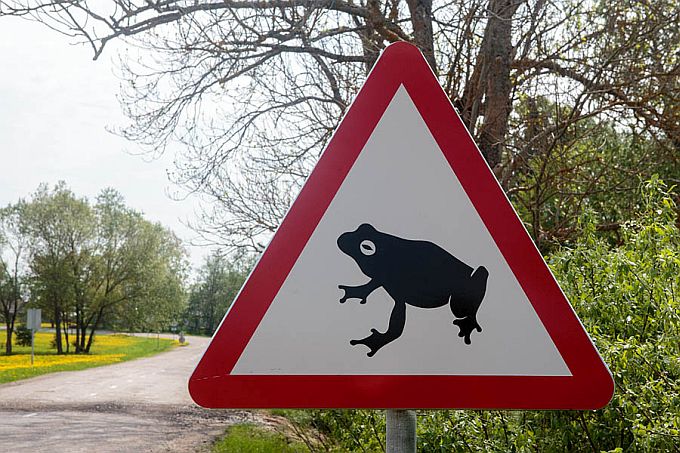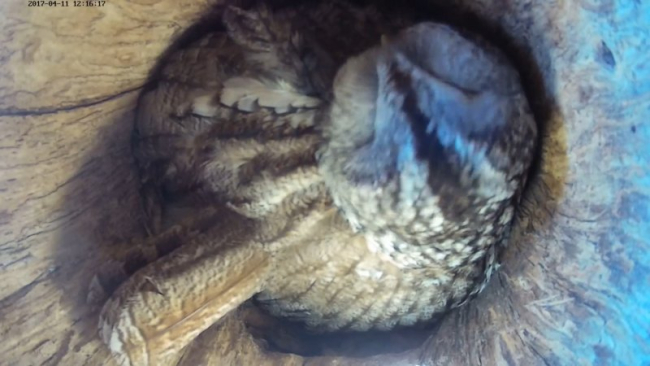VIDEO: Starling ”soap opera”
Video recorded by Shanta, LK forum
Translation Liis
The life of starlings before breeding is not simple; we can see parallels to it from a human point of view.
When the starling male had staked out his claim to the nestbox on March 23 (see the video at the end of this story) then it might be presumed that now a peaceful nestmaking and breeding would follow…
Far from it, for the third day already a serious competition between females is going on. Both the older but later arrived female as well as a younger lady try to show each other who is the mistress of the nestbox.
Whether we have a Mexican, Turkish or Estonian inspired soap – it is for the viewer to decide.
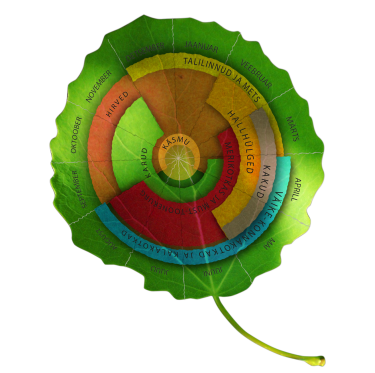 Latest news
Latest news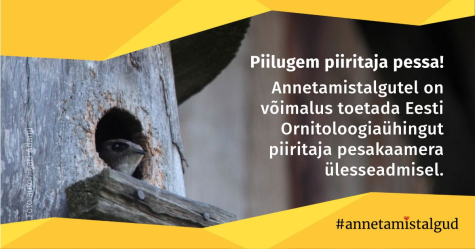
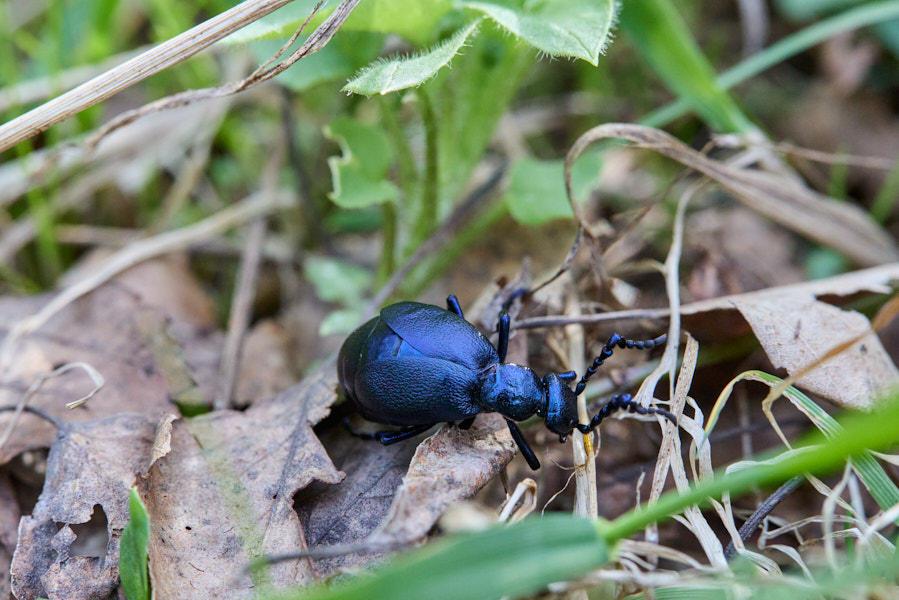 Loodusemees.ee - the day in pictures
Loodusemees.ee - the day in pictures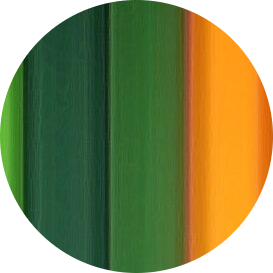 Videos
Videos
 My Forest
My Forest